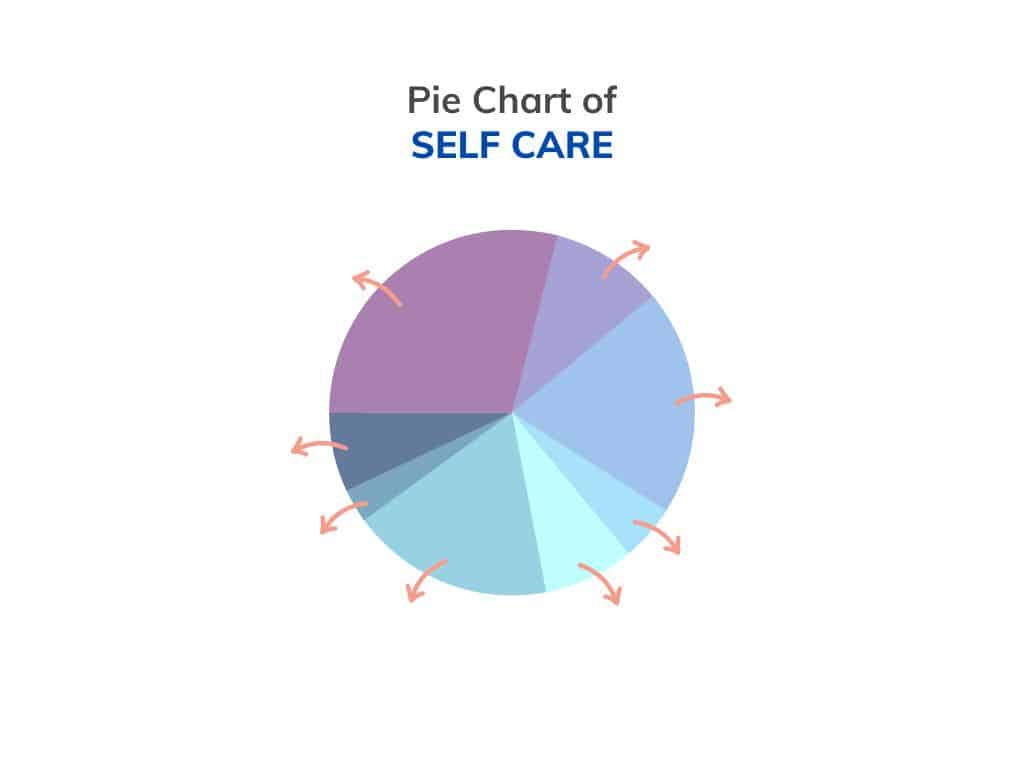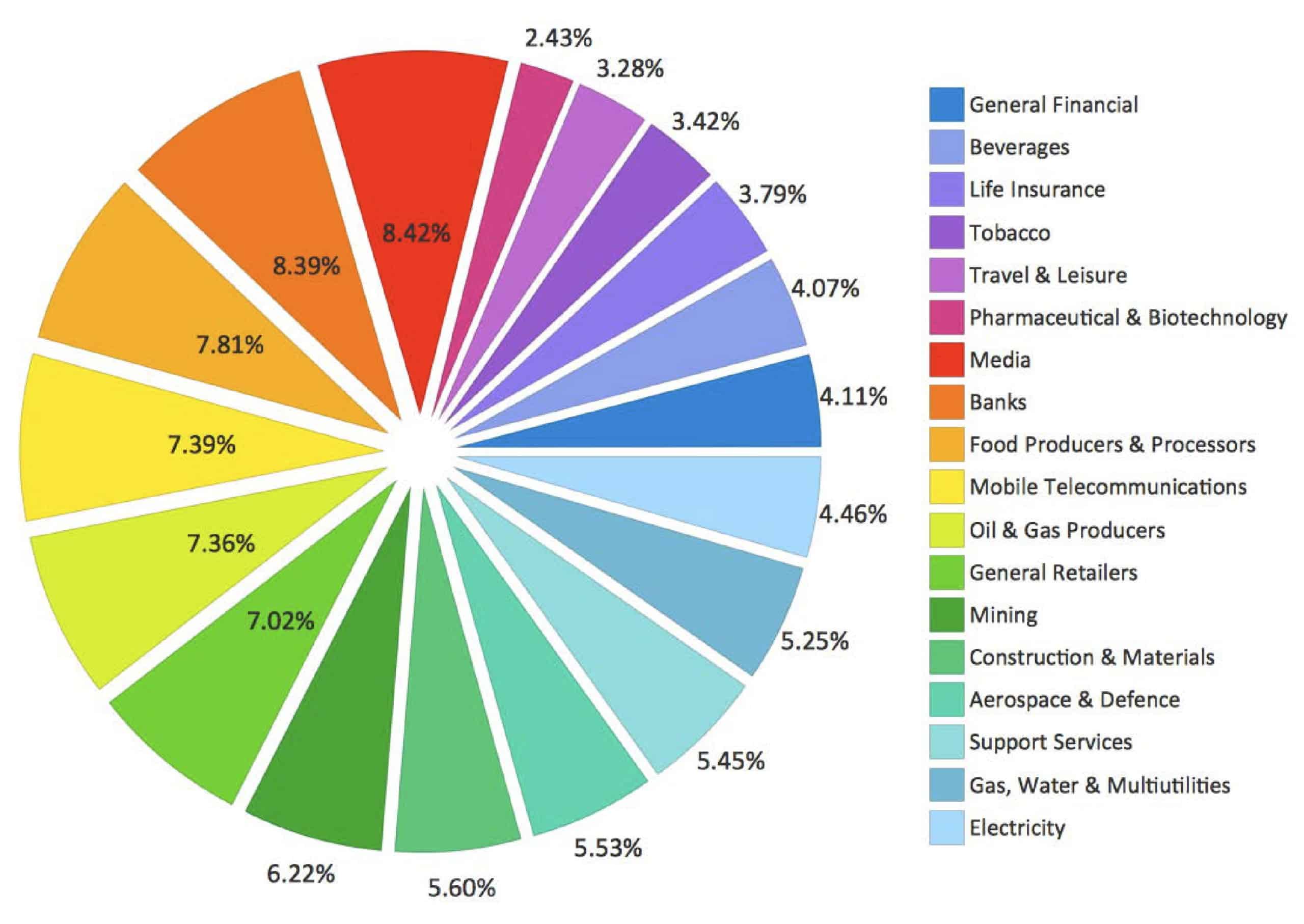A pie chart is a circular diagram divided into slices to illustrate numerical proportion. It is often used to represent parts of a whole, as in showing how much of the total that each thing represents. A pie chart can be used to compare various categories of data, such as age groups and ethnicity, or the time each sales rep worked on a project.
Table of Contents
Who Made That Pie Chart? – History of Pie Charts

The earliest known inventor of a pie chart was William Playfair (1759-1823), an economist who is credited with inventing the line graph, bar chart, and box plot. Pie charts are used to illustrate numerical proportion and have existed for over 200 years. One of their earliest uses was in 1801 by William Playfair in his Statistical Breviary to illustrate population.
Pie charts continue to be used for this purpose but are now also commonly used to show other types of data as well.
Pie Chart Templates
“Pie Chart Templates” are pre-designed visual representations that provide a convenient and effective way to display data or information in a circular format. These templates serve as valuable tools for presenting data in a visually appealing and easily understandable manner, making complex information more accessible to viewers.
Pie charts are circular graphs divided into sectors, where each sector represents a specific category or component of the data being represented. The size of each sector corresponds to the proportion or percentage that category contributes to the whole, allowing viewers to quickly grasp the relative significance of each component.
Pie chart templates offer a range of customizable designs, color schemes, and labeling options to suit various data visualization needs. These templates provide a framework for organizing and presenting data with clarity and precision, enhancing the visual impact and comprehension of the information being conveyed.
Where are pie charts used?
Commonly used in presentations and offices, Pie Charts help to show proportions and percentages between categories by dividing a circle into proportional sections. Each arc length represents a proportion of each category, while the full circle represents the sum of all data equal to 100%.
It is possible to give many different examples in this regard.
- It is used to compare voting rates in elections.
- It is used to evaluate the rating rates on televisions.
- It is evaluated for products produced within a certain timetable.
- Evaluates the proportional amount of agricultural products produced in any region.
- It is used to show the production amount of a product over the years.
How does a pie chart differ from other types of charts?
Other types of charts perform better when used to show data in pictorial format. For example, if you want a visual representation of sales performance over time and you have monthly or quarterly sales figures for several years, it makes more sense to use a line chart rather than a pie chart.
In this case, you would use the line chart as a secondary graph and place it below the pie chart. So when do you use a pie chart? The answer is simple, but it needs some thought: first, ask yourself if your data lends itself well to portraying information in pictorial form. If so, then consider using pie charts.
Let’s see other charts.
Bar Chart
This bar chart does a good job of comparing how each category has changed over time. The categories are grouped together in batched elements, so the Chart does not imply the part-whole relationship. This Chart lacks an understanding of who we are comparing the differences to or what other changes have occurred that might have affected those bars.
Donut Chart
A Donut Chart is like a pie chart but with a hole in the middle. The “donut” serves to display another layer of data, revealing the proportions of each item within the whole. You can use donut charts to show comparisons between items that are not exactly comparable.
Ring Chart
Ring charts are useful when you have more than one dimension of data to explore, but it can be difficult to read more than one point on the same ring.
How to make a pie chart template?
The Pie Chart is a visual tool that is used to display parts of a whole, as in percentages. Each slice of the Pie represents a percentage of the whole. It is often used to represent statistical data on various topics such as sales, earnings, distribution, etc. This makes it an excellent choice for sharing complex data.
Word
Click Insert > Chart.
Click Pie, and then double-click the pie chart you want.
In the spreadsheet that appears, replace the placeholder data with your own.
When you are finished, close the spreadsheet.
Click the Chart and click the icons next to the Chart to add the finishing touches.
PowerPoint
To create a simple chart from scratch in PowerPoint, click Insert > Chart and select the Chart you want.
On the Insert tab, in the Illustrations group, click Chart.
In the Insert Chart dialog, click the arrows to navigate the chart types. Specify the chart type you want and click OK.
Type Calendar
Create a pie chart in less than a minute with Type Calendar’s pie chart builder. It is incredibly easy to use. Please choose from our hundreds of pie chart templates and start creating your own. Then just replace the data and labels. Get the look you want by changing colors, fonts, background, and other features.
FAQs
What is a Pie Chart?
A pie chart is a circular chart divided into sectors, each representing a proportion of the whole. It’s used to display the percentage or proportional data where each slice of the pie represents a category.
How is a Pie Chart constructed?
To construct a pie chart, the total quantity is divided into percentages, and then these percentages are represented as slices of a circular pie, with the size of each slice corresponding to the percentage it represents.
When should a Pie Chart be used?
Pie charts are ideal for displaying data in a percentage format or showing the relative sizes of categories that make up a whole, typically when there are fewer categories.
What are the advantages of using a Pie Chart?
Pie charts are visually appealing, easy to understand, and provide a quick comparison between different categories. They also effectively show the part-to-whole relationship.
What are the disadvantages of using a Pie Chart?
They may become less effective or misleading with too many categories, or when trying to compare data across different pie charts. It’s also difficult to gauge exact values or differences between categories.
How can I create a Pie Chart?
Pie charts can be created using spreadsheet software like Microsoft Excel or Google Sheets, or with specialized data visualization tools.
Can a Pie Chart represent data over time?
Pie charts are not ideal for representing data over time; line or bar graphs are better suited for displaying trends over a period.
What is a 3D Pie Chart?
A 3D pie chart gives a three-dimensional look to the traditional pie chart, making it more visually engaging, but it can distort the perception of proportions.
How can I improve the readability of my Pie Chart?
Limit the number of categories, use a consistent color scheme, label slices clearly, and consider using legends or annotations to enhance readability.
What are some alternatives to Pie Charts?
Alternatives include bar charts, stacked bar charts, or doughnut charts, which may provide clearer comparisons or better accommodate larger datasets.























































![Free Printable Roommate Agreement Templates [Word, PDF] 1 Roommate Agreement](https://www.typecalendar.com/wp-content/uploads/2023/06/Roommate-Agreement-150x150.jpg)
![Free Printable Credit Card Authorization Form Templates [PDF, Word, Excel] 2 Credit Card Authorization Form](https://www.typecalendar.com/wp-content/uploads/2023/06/Credit-Card-Authorization-Form-150x150.jpg)
![Free Printable Reward Chart Templates [Word, PDF] Teachers 3 Reward Chart](https://www.typecalendar.com/wp-content/uploads/2023/03/Reward-Chart-150x150.jpg 150w, https://www.typecalendar.com/wp-content/uploads/2023/03/Reward-Chart-1200x1200.jpg 1200w)
